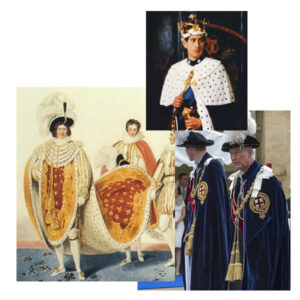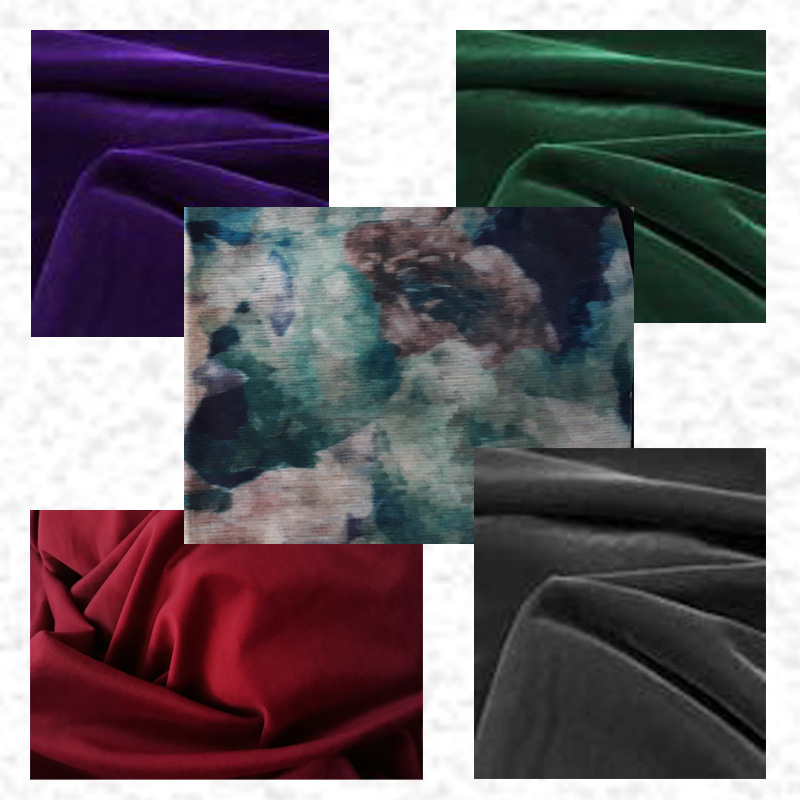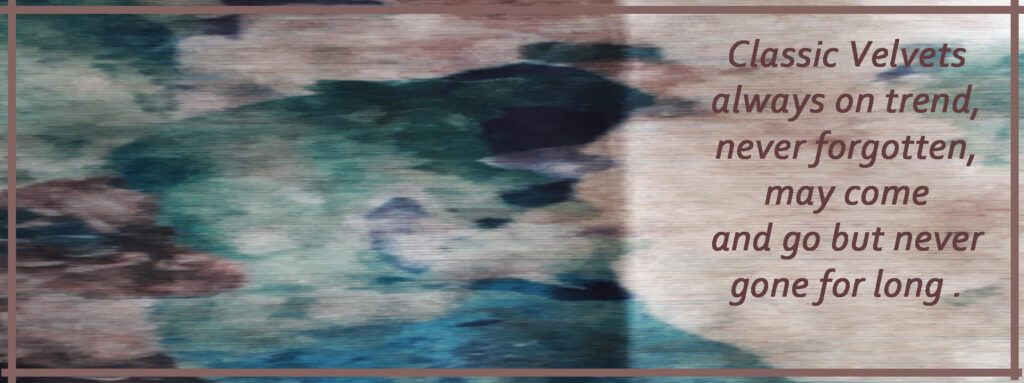Hi guys, in today’s post, we take a look at Velvet. Timeless and classic, this fabric is synonymous with luxury. But where does this gorgeous fabric come from? With the beauty of Velvet lying in its deep pile, no wonder it was so sought after and still is.

Velvet through the ages
Nobody really knows where it originated and when, but references to this fabric dates back as far as the 14 century. However it is speculated that the weaving originated in the Far East centuries before. Velvet, with its dense but yet soft pile, and wonderful array of colors, screamed luxury and could only be afforded by the rich. Example of earlier use of this gorgeous fabric can be found in royal and state robes, and in sumptuous hangings. Variations in the weaving process resulted in a pile of different lengths, brocading with silk, or with gold tissue. Italy was the forerunner in the production of this fabric.
Method of production
Velvet is a woven tufted fabric. On a special loom, two fabrics are woven at the same time, facing one another. Once the woven, the fabrics are then separated when cut and the pile is created. Due to the involved process of weaving, and paired with the materials used, the cost of the velvet was relatively high. These fabrics were sold to the rich and thus earned its reputation for opulence and luxury.
Composition
Velvets were traditionally woven using expensive silk fibers. But today, a combination of silk and rayon is used to produce the silky feel of Velvet. Other fibers also used in the weaving process, includes; Cotton, Linen, Mohair and Wool. Spandex added the mix produces ‘stretch Velvet’

Types of Velvet and their uses
Cotton Velvet – Less luxurious, but more durable. Suitable for covering sofas, chairs and ottomans

Silk Velvet – Softer and Shinier, but very expensive
Microfiber – Polyester variety, stain resistant and lightweight, but not Eco friendly. Suitable for clothing, robes etc.

Nylon / Rayon – Feels and drape similar to Silk Velvet, and easier to care for, but not Eco friendly. Suitable for curtaining and clothing.
Polyester / Spandex – ‘Stretch Velvet’ can stretch in one or two directions, but not Eco friendly. Suitable for soft furnishings and clothing.

Viscose Velvet – Very similar to Silk Velvet. Also suitable for soft furnishing and clothing.
Points to note:
- Distortions are created by the movement of the pile and these are not markings.
- It is a very sensitive fabric, which requires extra care when handling, cutting and sewing.
- A little distortion in the fabric lends to its noble characteristic.
Velvet, truly a timeless classic. I hope you enjoyed our post on Velvet. Let us know what your thoughts are, by leaving us a comment down below.

